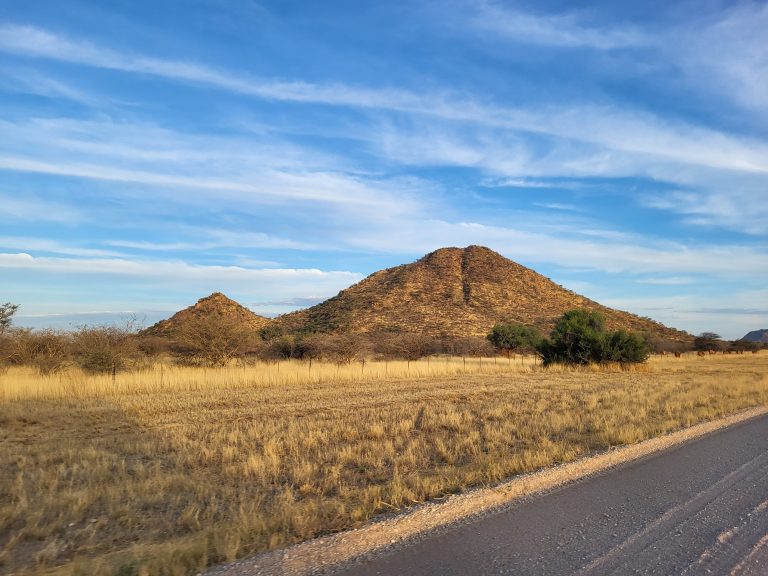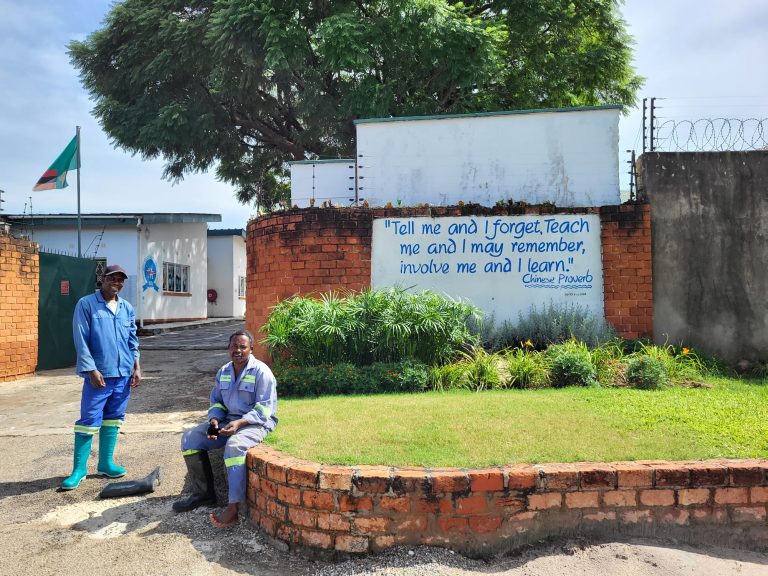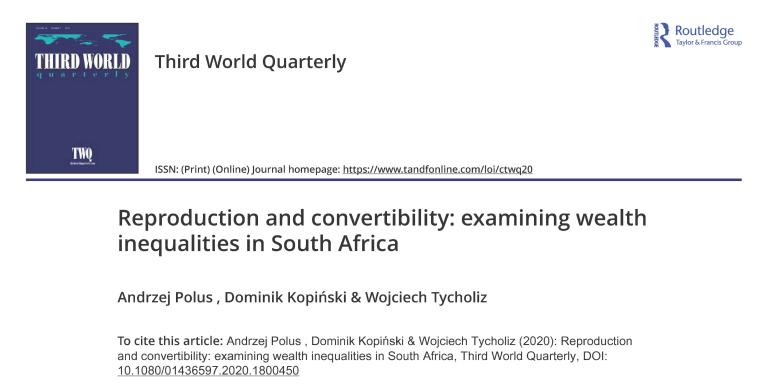Wealth gap and the new middle class in South Africa (2023-2026)
The problem of inequality has recently garnered a great deal of attention. In fact, after Piketty, it seems that the topic is enjoying a heyday of sorts and is entering the academic mainstream with force. According to the Economist, “It is a golden age for studying inequality”. Against this backdrop South Africa seems like a particularly puzzling inequality case. First, it is the most extreme documented case of inequality in the world, both in terms of income and wealth. Second, it is arguably the most persistent case of inequality in contemporary history. Last but not least, 26 years after the collapse of apartheid, inequality has not only been stubbornly high, but it has actually widened, despite the government’s multiple policies such as deracialisation of the educational system, affirmative actions and black economic empowerment schemes. This is an additional puzzle and a source of embarrassment for the new democratic government that promised to make social divisions in South Africa go away.
Most academic studies devoted to inequalities in South Africa have chosen to focus on income inequality rather than on wealth inequality. The difference between those two is quite significant, also because the latter is usually greater. Incomes relate to flows of money people receive (i.e. revenue) in a form of wages, salaries, interest on saving accounts, dividends, rents, and different kinds of profits from selling things. Importantly, incomes do not include things such as the value of properties, land, stocks, bonds, or any other possessions for that matter. Wealth is, simply put, what we “own” (assets) vs what we “owe” (liabilities).
Wealth inequalities remain still obscure in the academic work as, among others, noted by Ben Turok, a prominent South African anti-apartheid activist and professor of economics, who laments that it is “strange that our universities have paid so little attention to these matters. They seem to prefer the safer terrain of poverty studies, labour markets and the rest, important as they undoubtedly are”. This and several other reasons, such as theoretical ambiguity (what are the general forces driving it) and methodological challenges (wealth inequality is notoriously hard to measure), have informed the choice of the authors of this project to concentrate on wealth instead of income inequalities in South Africa. By doing so, they hope to seek a deeper understanding of this puzzling phenomenon, but also contribute to the ongoing debate on what drives wealth inequalities in South Africa and, after hopefully having answered that, what can be actually done about it.
In recent years, there have been many groundbreaking studies devoted to measuring wealth distribution in South Africa. Still, however, little is known about mechanisms of wealth accumulation and reproduction on a micro (household) level. In this context, the South African middle class, which according to estimates amounts to between 13 and 20 percent of the population, appears to be a particularly interesting research area. The middle class is very diversified, yet principally it can be divided into established, white, middle class and emerging, black middle class. Having said that, the authors formulate the following research question: What are mechanisms responsible for accumulation and reproduction of wealth in the established versus emerging middle class? Following on work of American scholars who have examined racial inequalities in the United States, the authors will also look at how wealth inequalities are amplified or mitigated by the labour market, human capital and inheritance.
Given the complex research questions at hand and the nature of the project design, the mixed-method approach has been chosen to obtain a fuller picture and deeper understanding of the wealth inequality in SA. This will primarily include fieldwork on the ground accompanied by in-depth interviews, statistical analysis using cyclical national survey data, but also data mining
photo by John Hallam / Flickr






